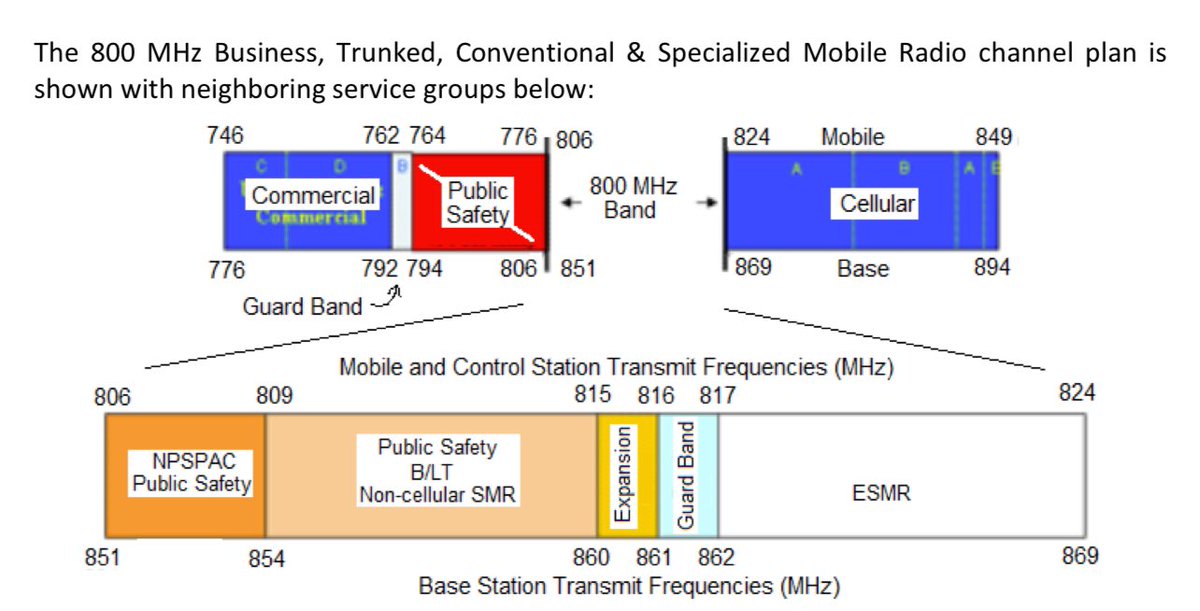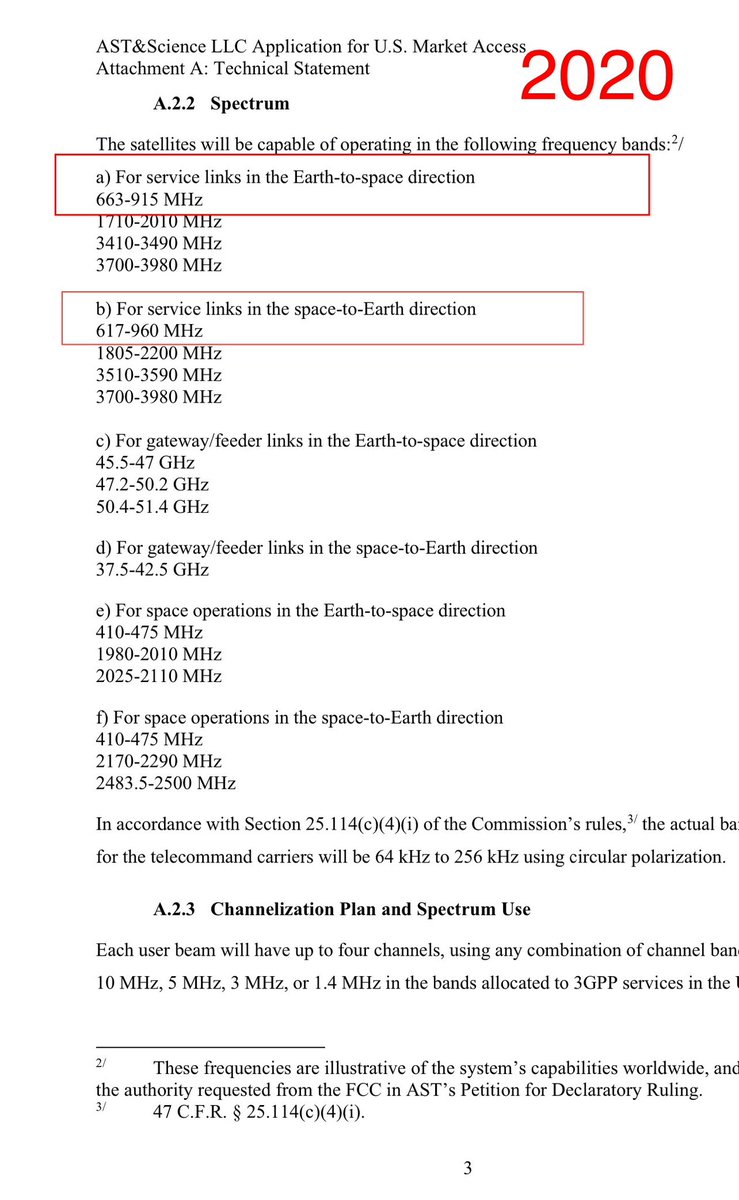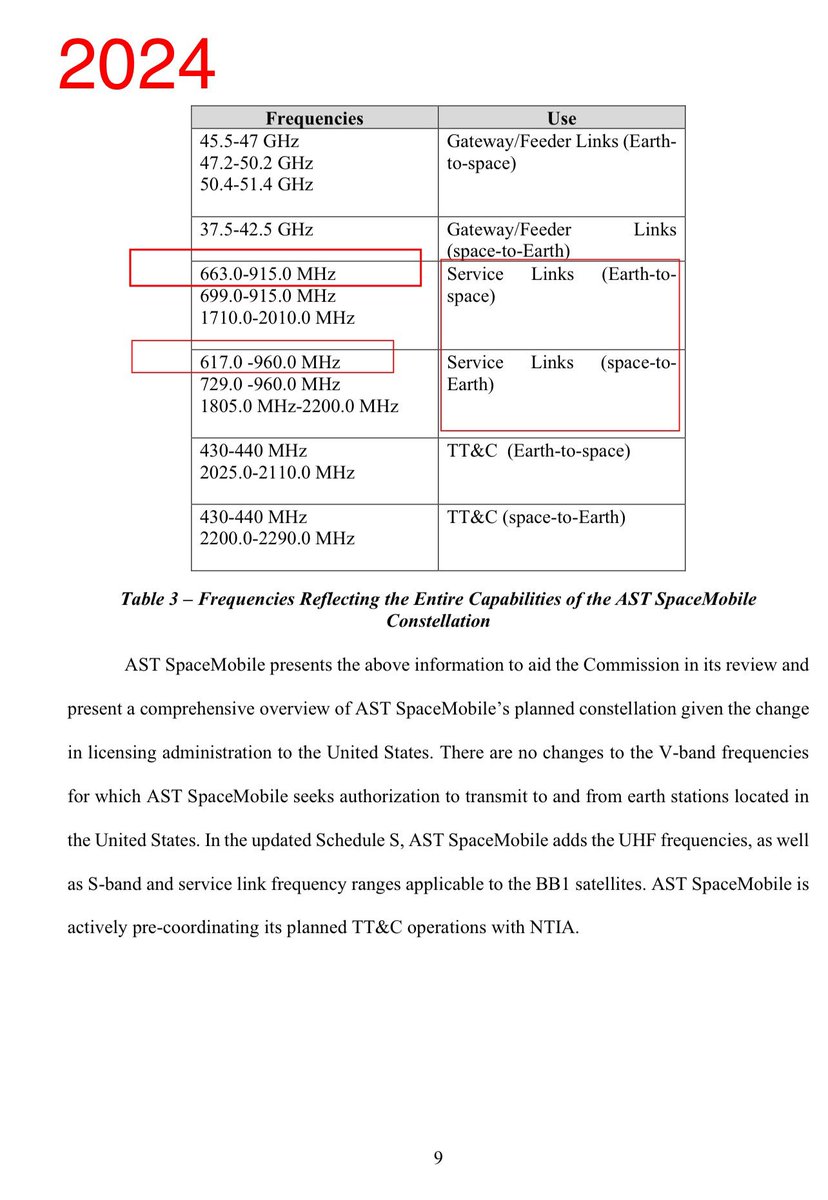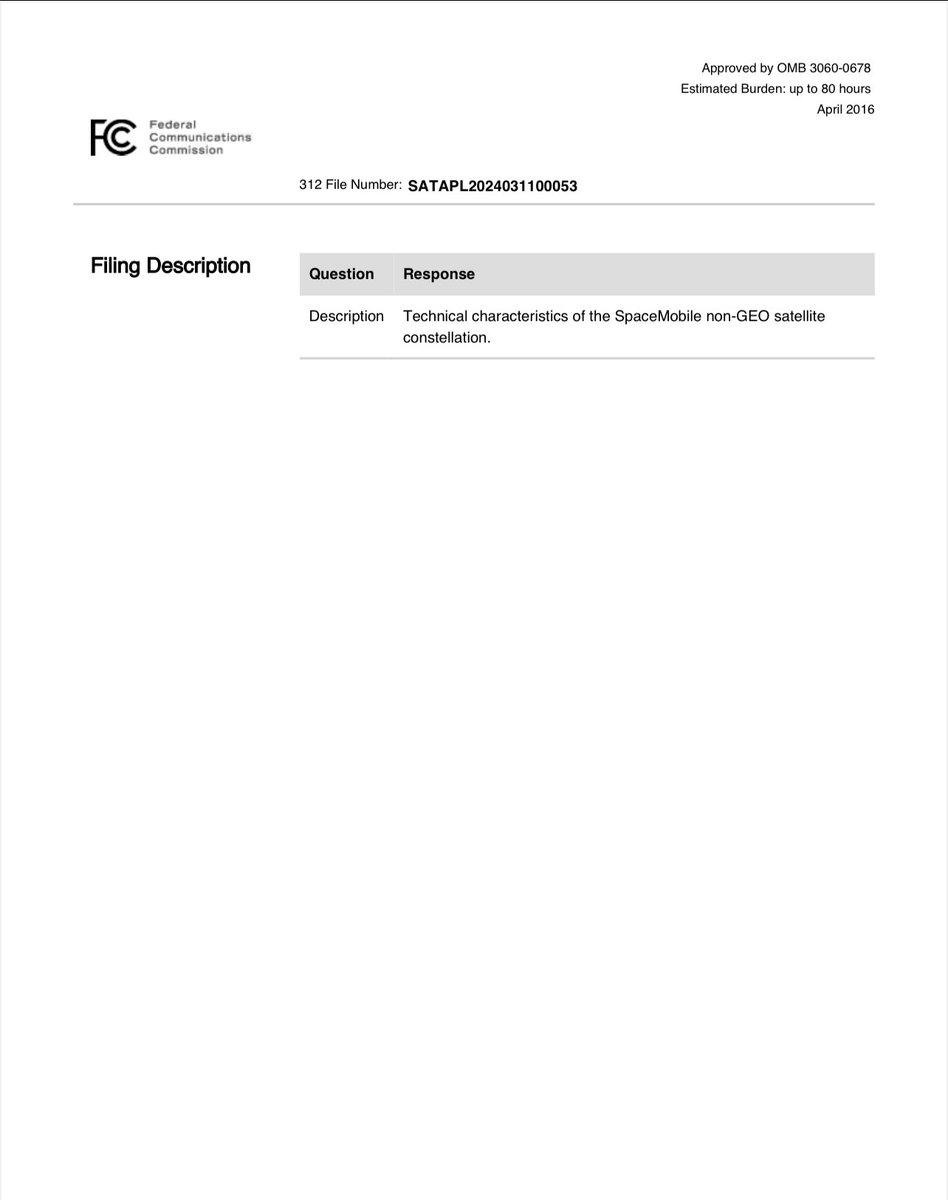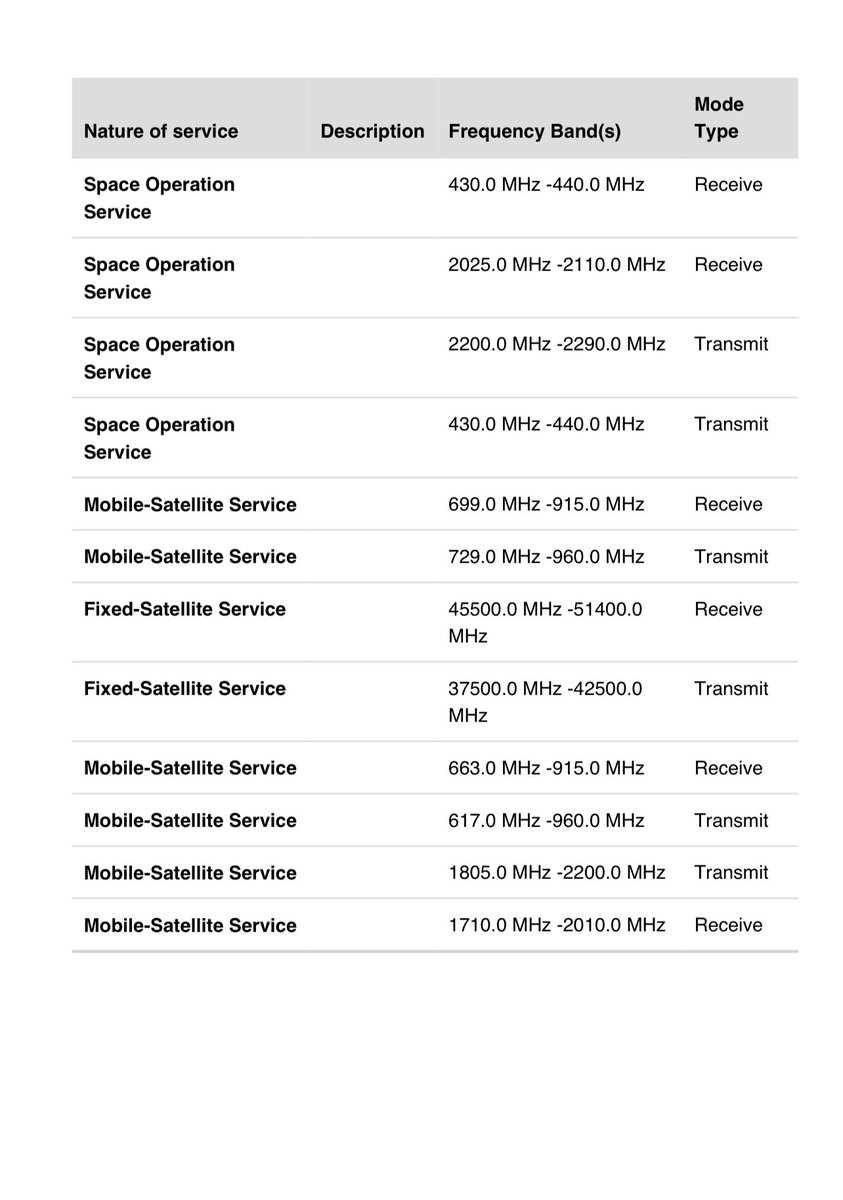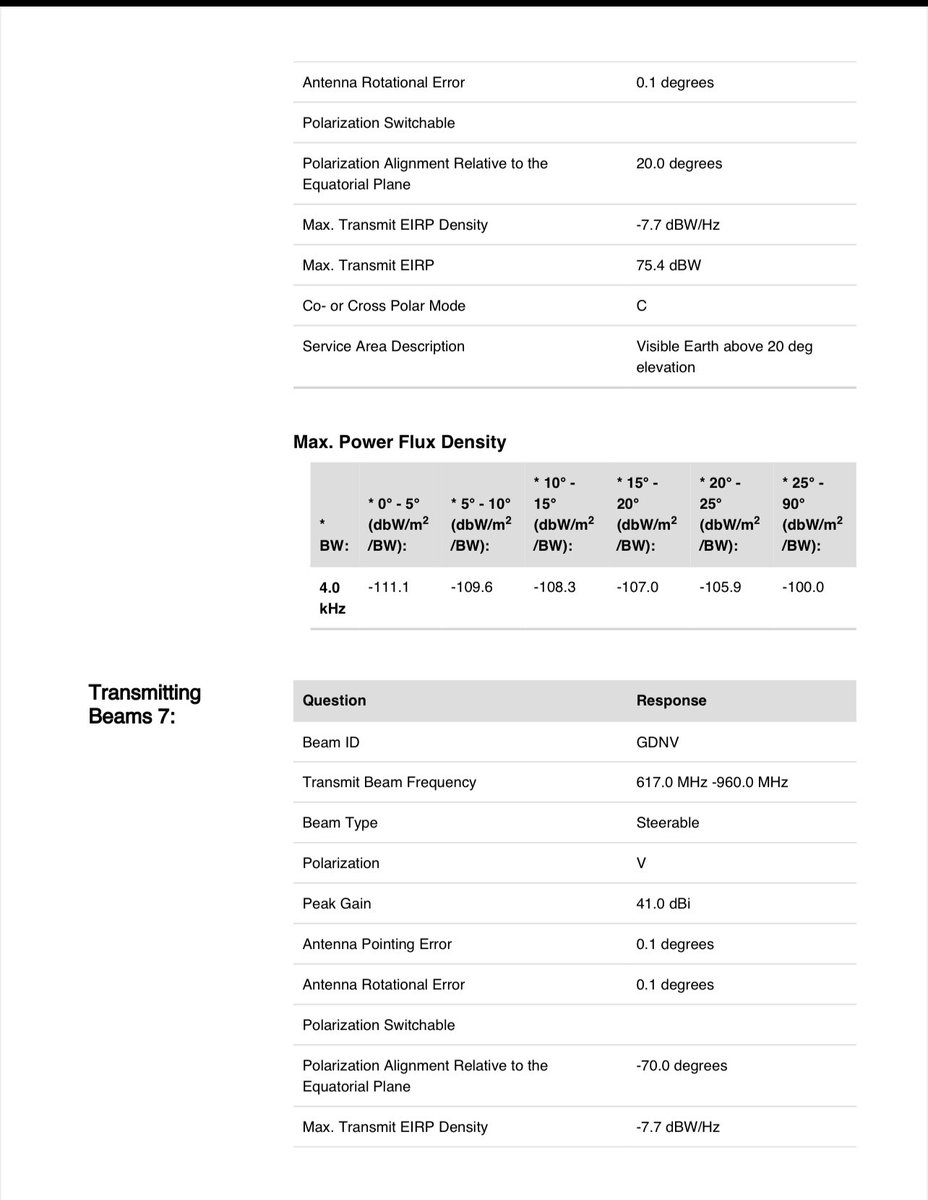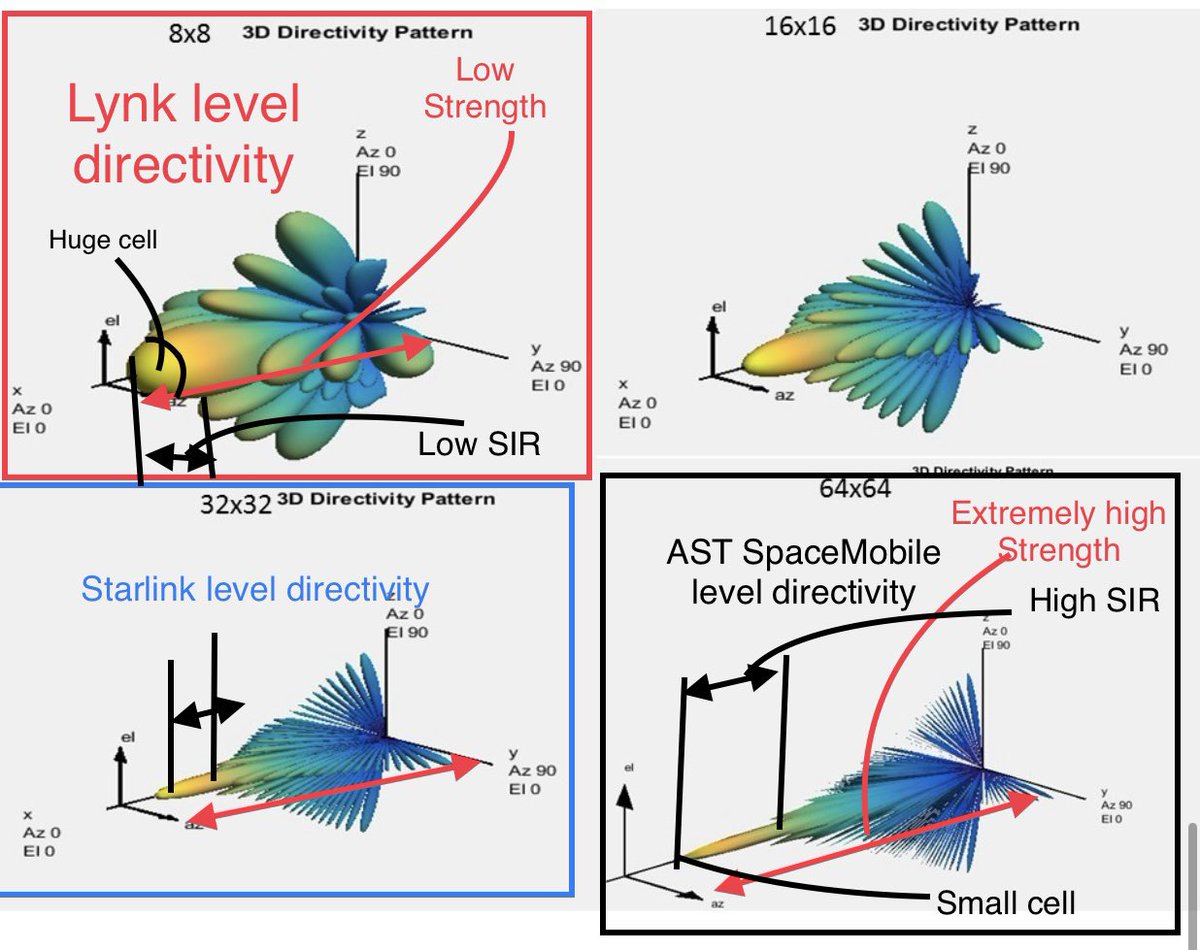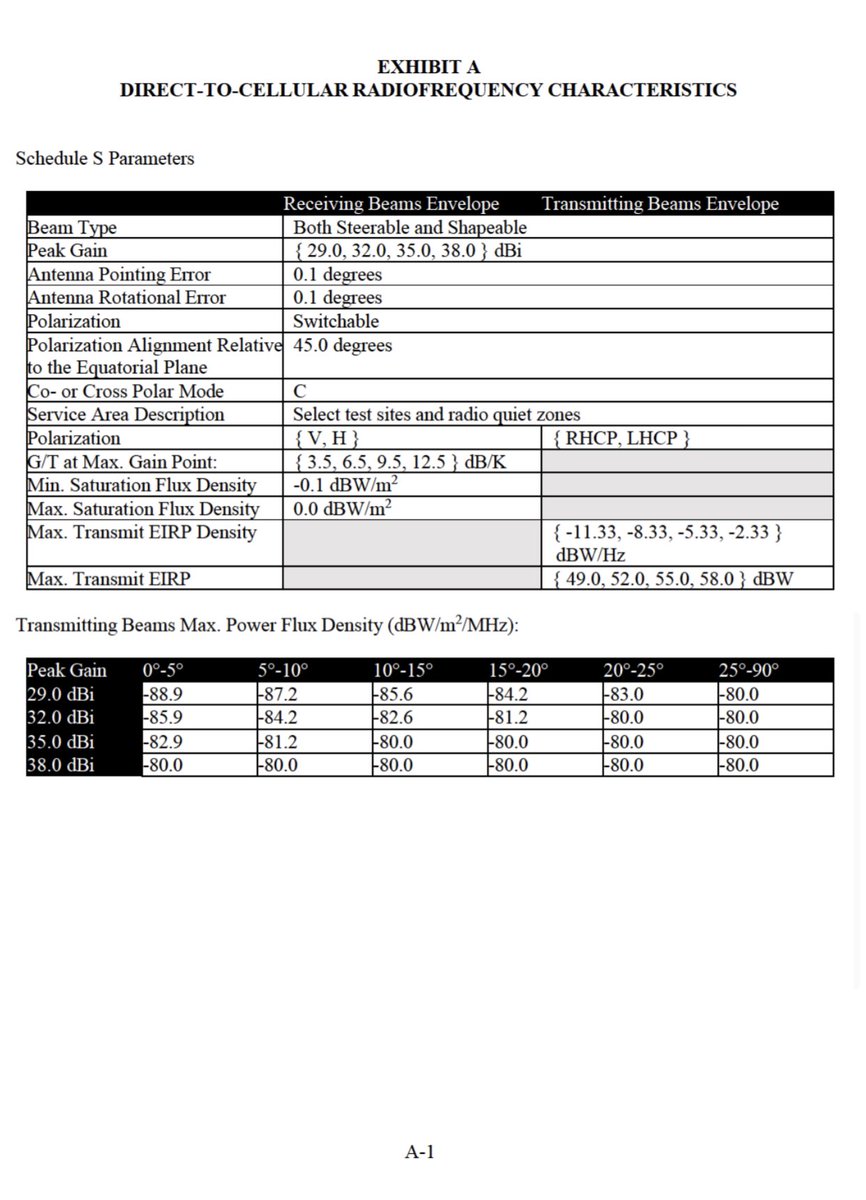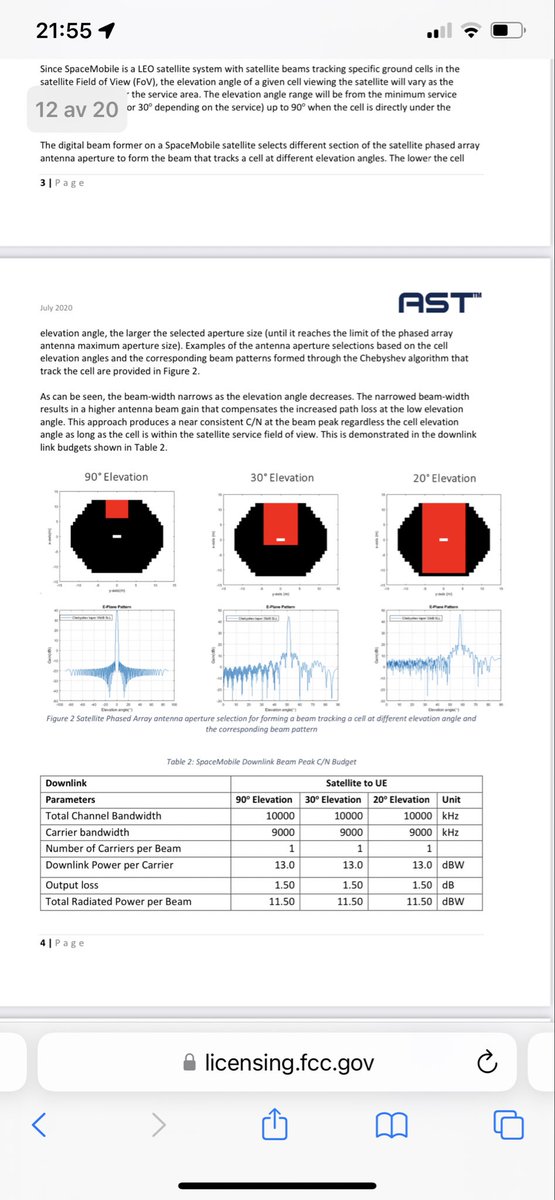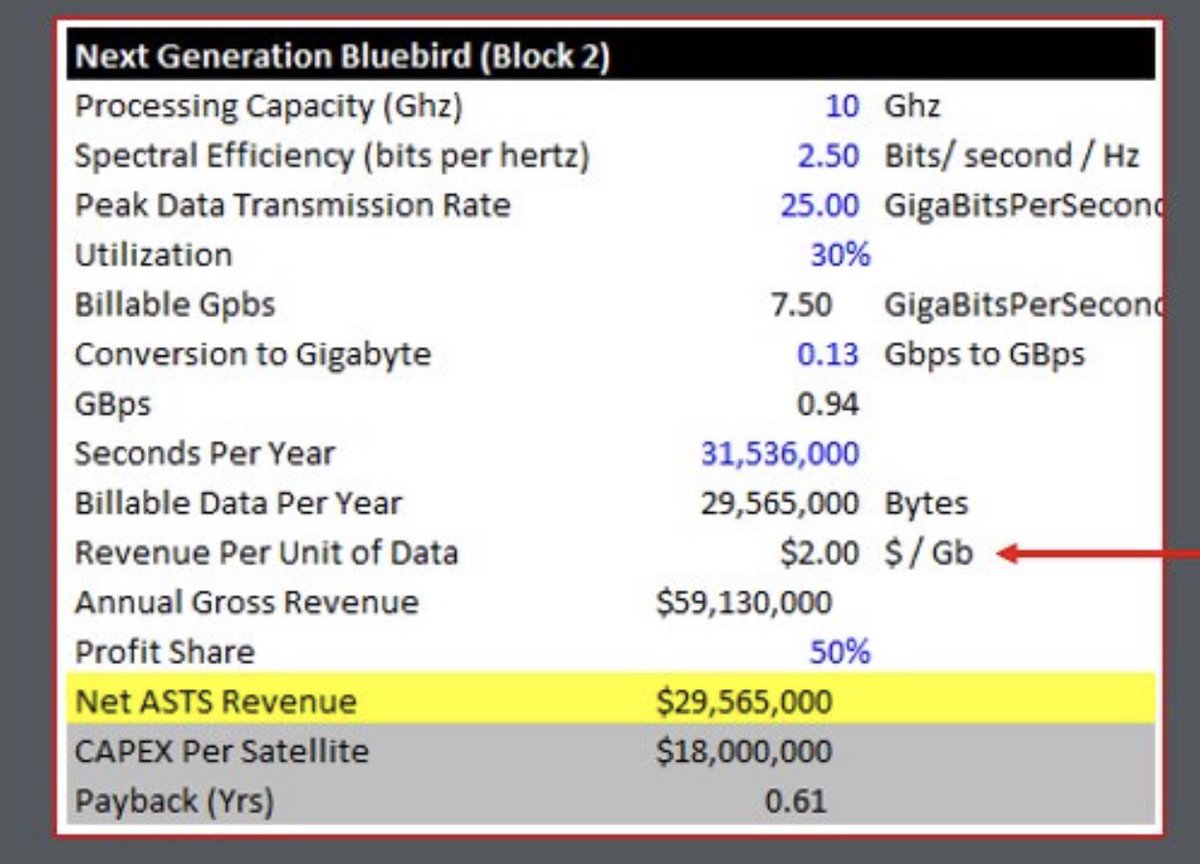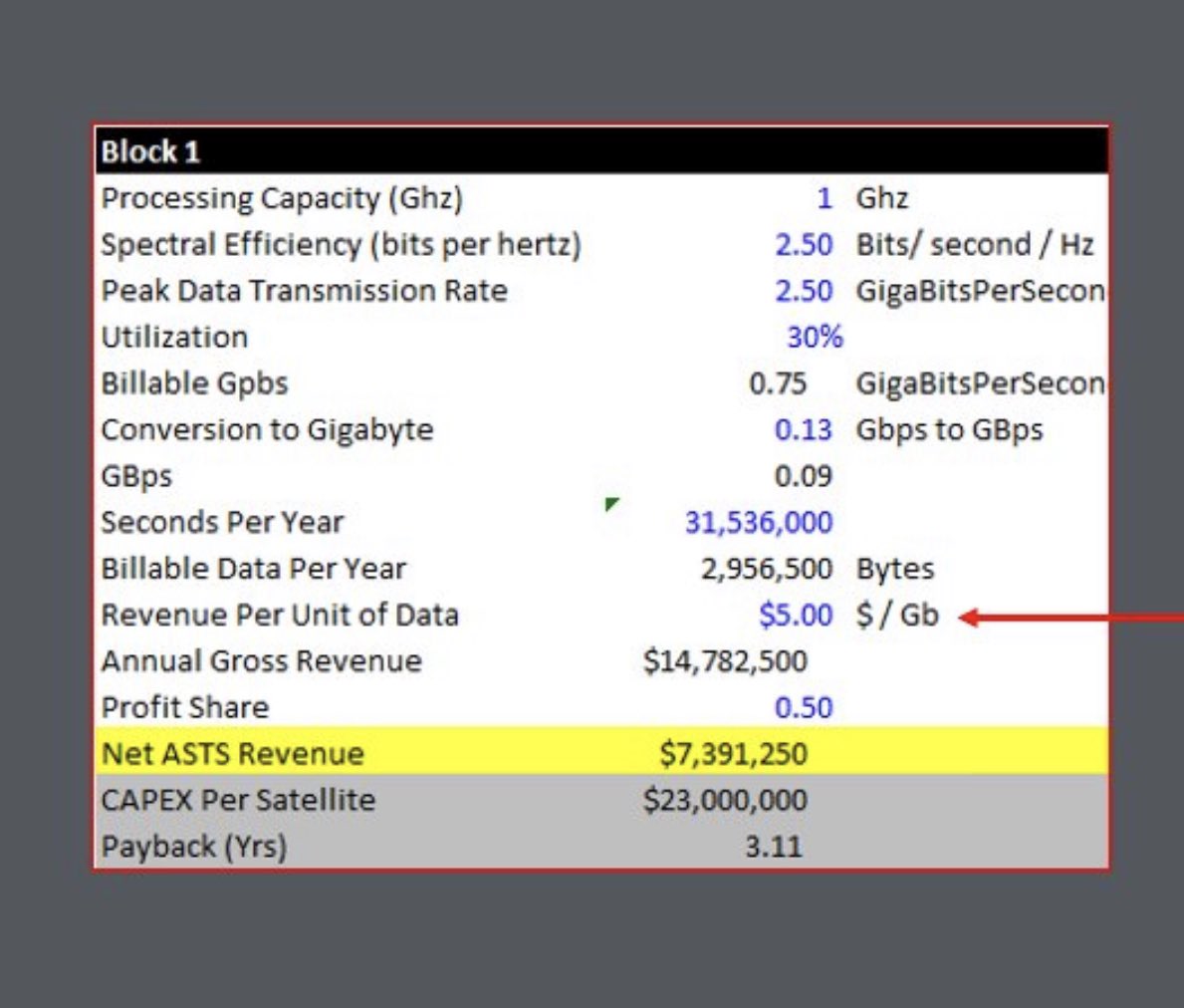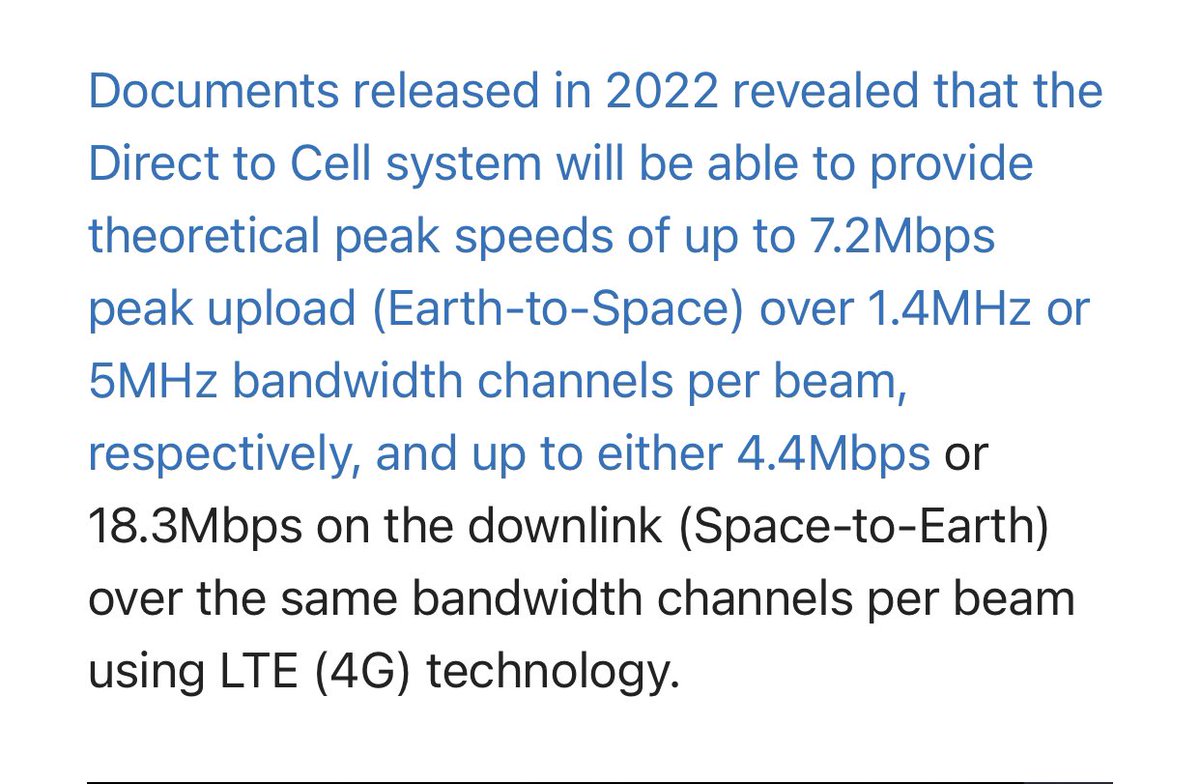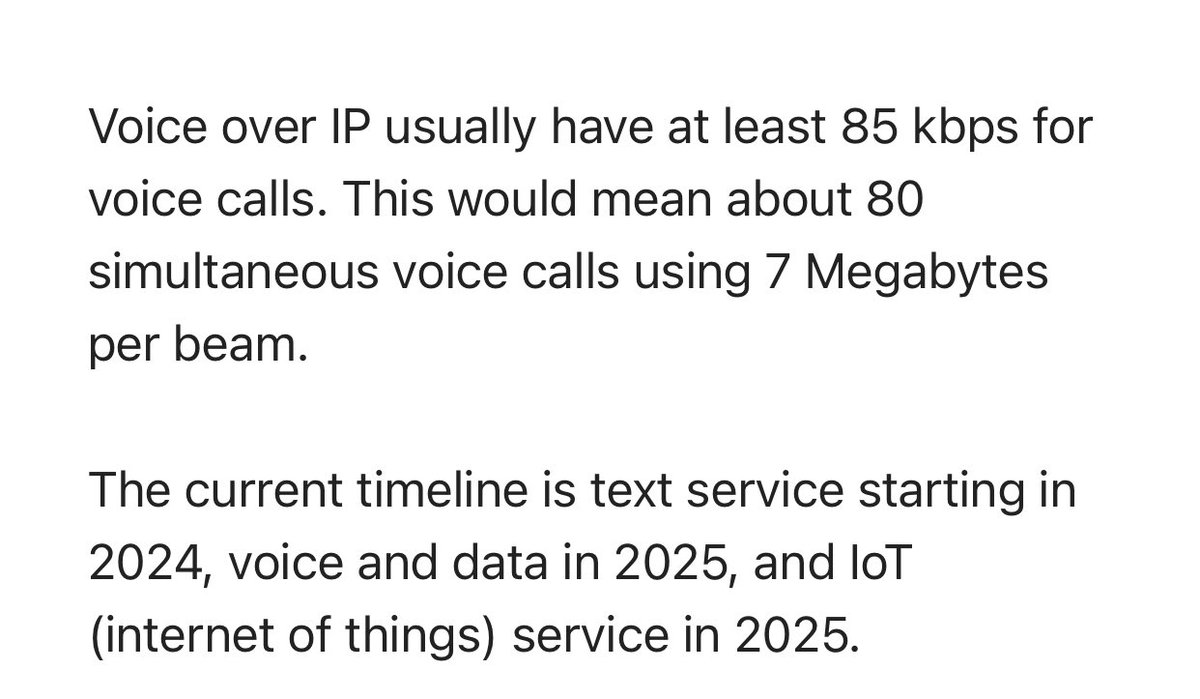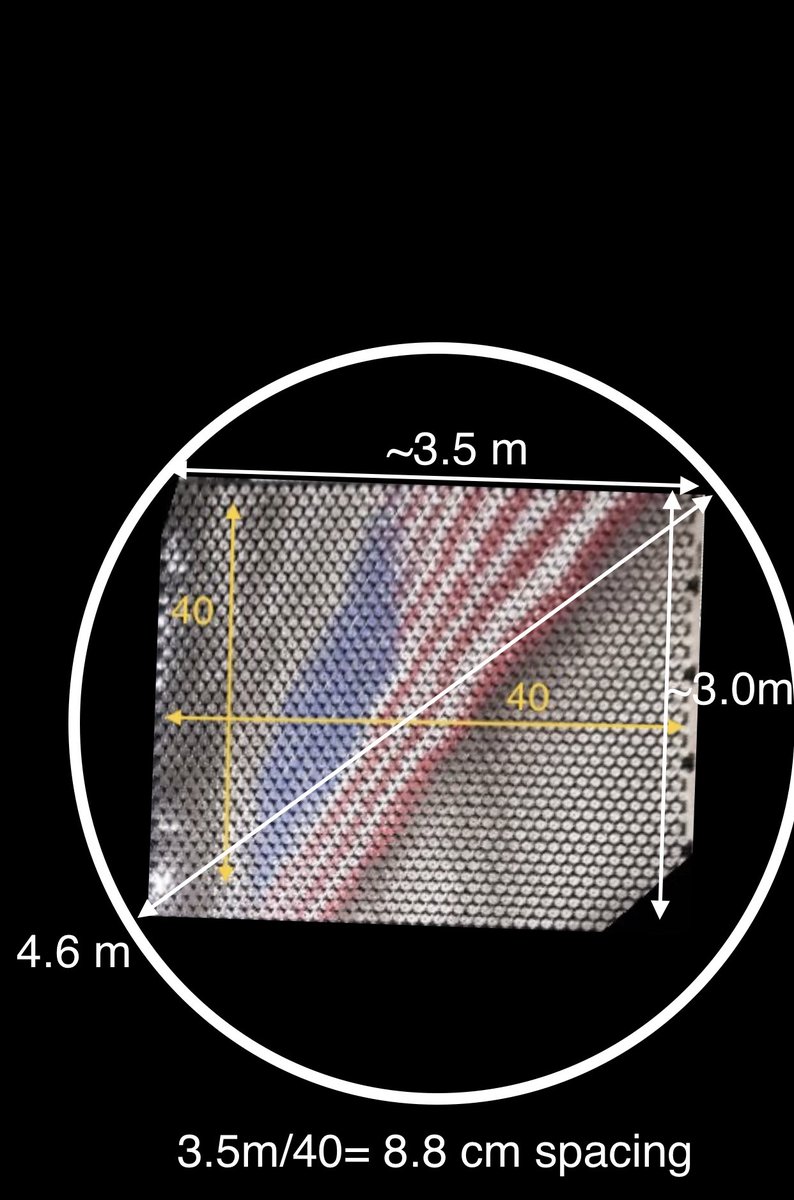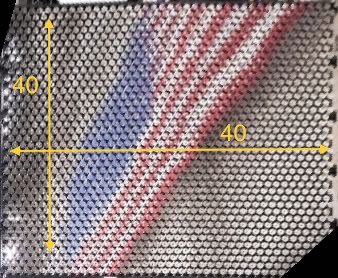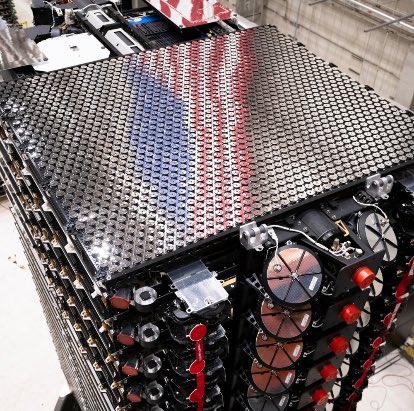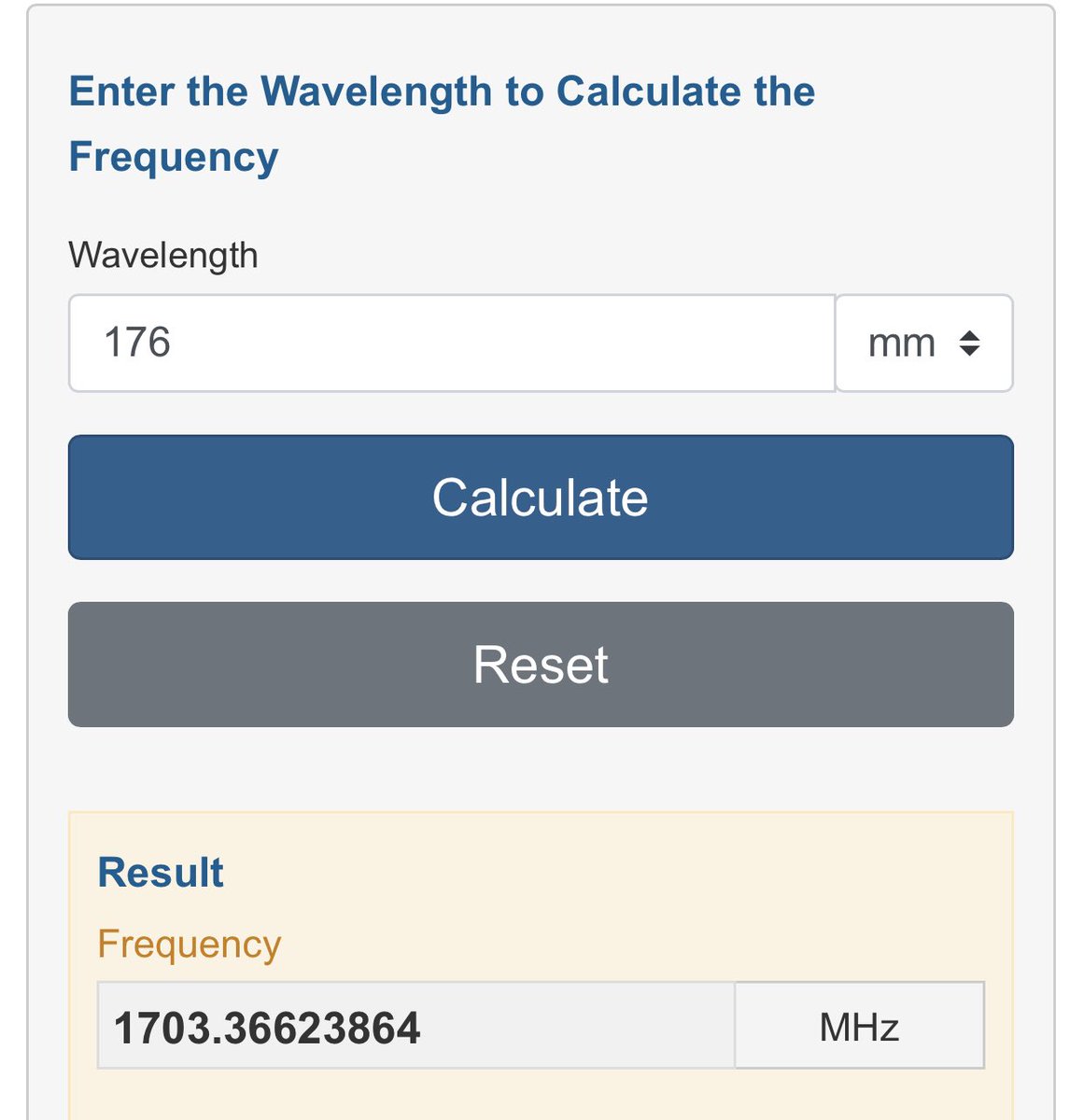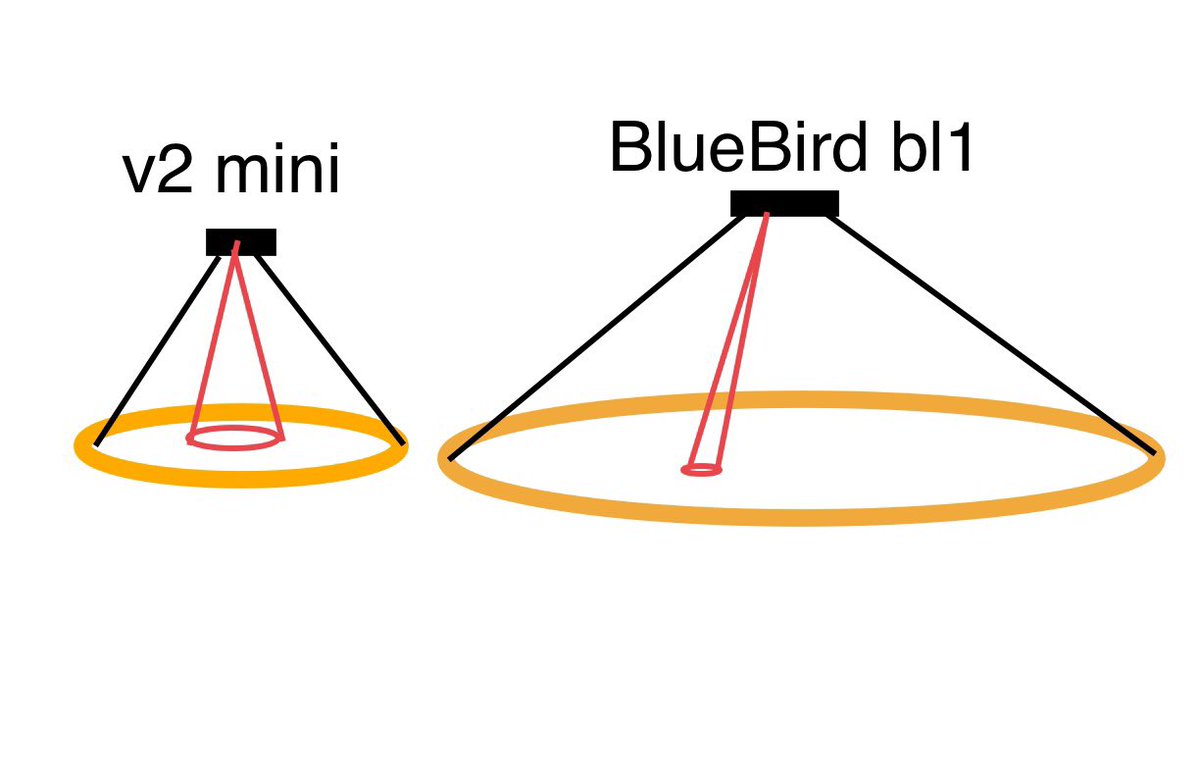Looking at the antenna elements ( printed dual polarization dipole antenna) and the frequenzy used
(DMSP)
We could be looking at one of the ALT/dual use cases being an MPAR Multi-function Phased Array Radar (MPAR)
1/n




(DMSP)
We could be looking at one of the ALT/dual use cases being an MPAR Multi-function Phased Array Radar (MPAR)
1/n
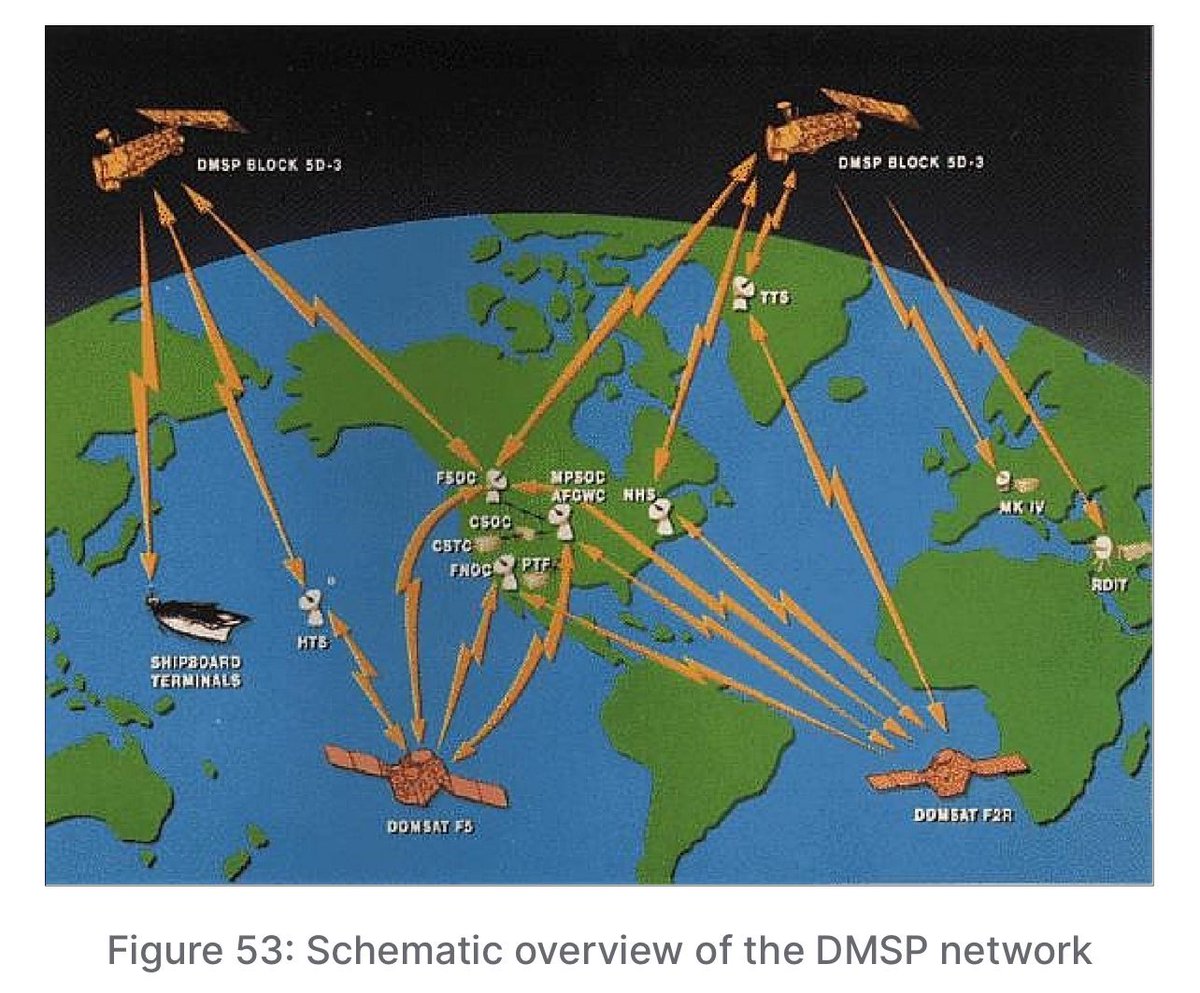



What type of tricks might such an array be capable of?
Just like BlueWalker 2 was built in a reverse communications experiment there are more of those. One has an array here in Sweden.
2/n




Just like BlueWalker 2 was built in a reverse communications experiment there are more of those. One has an array here in Sweden.
2/n




Here are some of its trick. If it was out in space looking in it would add another dimension of monitoring the surface.
3/n



3/n


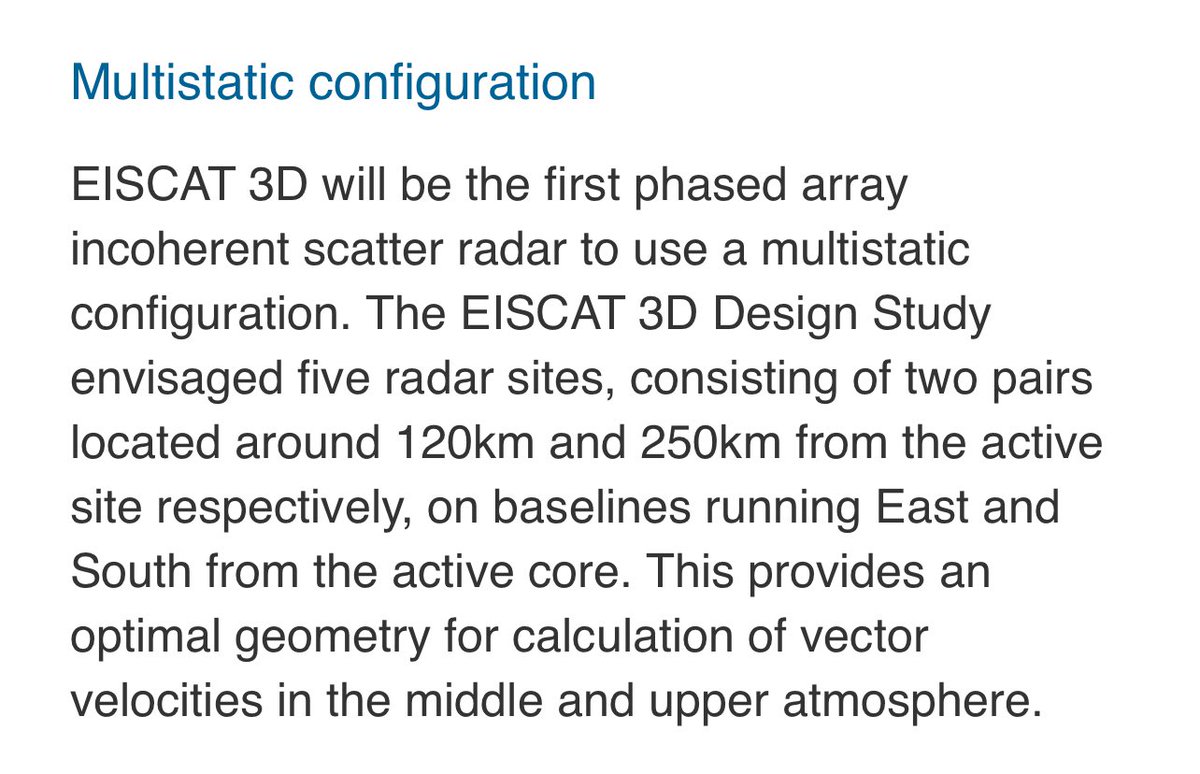
Here are some more.
Add to this skill-set the ability to do radio communications, like 3gppp 5G and you have a very versatile tool.
Even more so if the entire satellite is software dfefined.
Like the EISCAT radars the BB1s will be in a certain relative configuration initially.


Add to this skill-set the ability to do radio communications, like 3gppp 5G and you have a very versatile tool.
Even more so if the entire satellite is software dfefined.
Like the EISCAT radars the BB1s will be in a certain relative configuration initially.
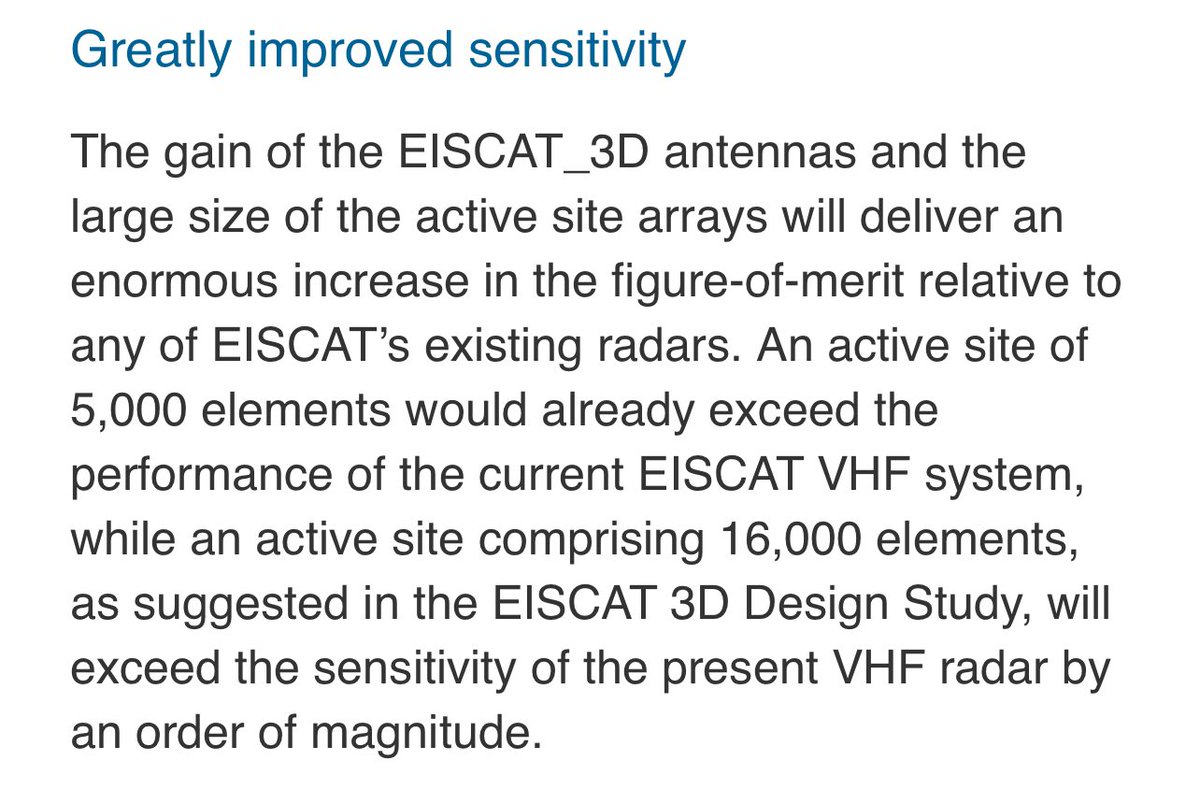
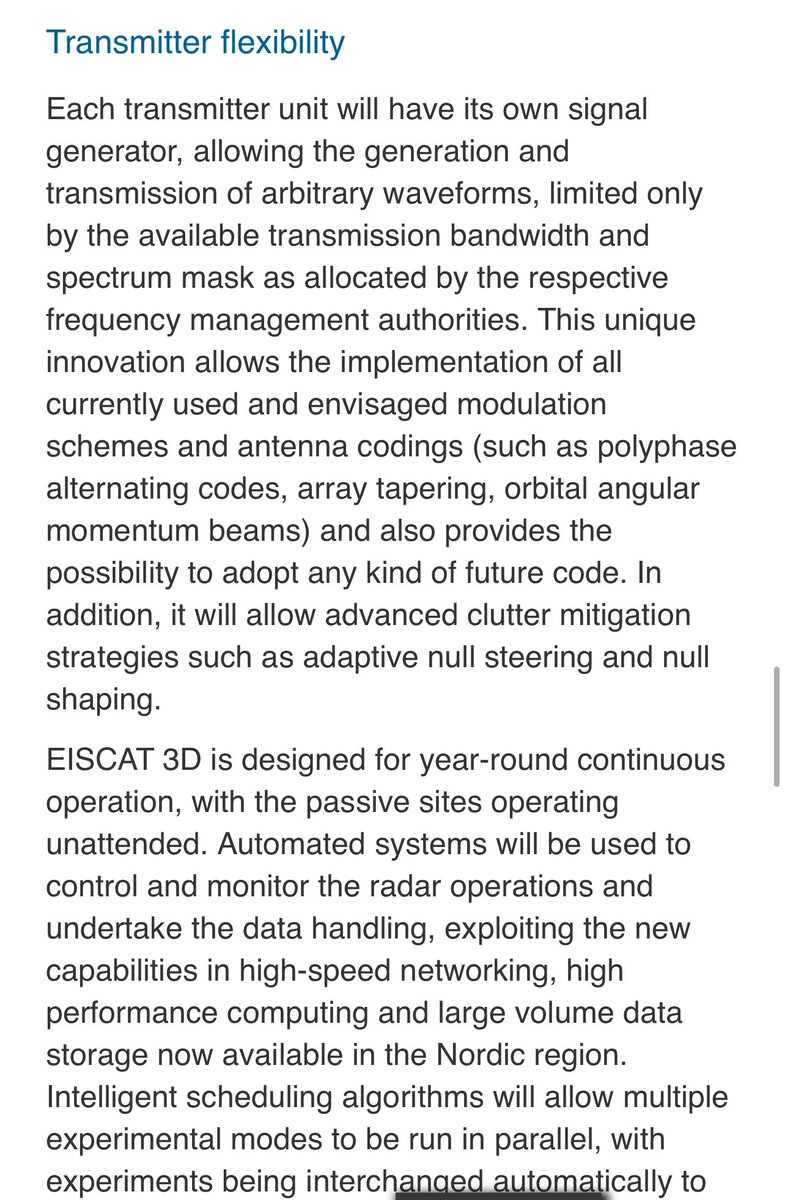
How did I learn of EISCAT you might wonder?
By browsing the internet intensively for the type of antenna elements I see in ASTS imagery.
These. They certainly look like printed dual polarization dipoles most likely angled a bit.
5/n



By browsing the internet intensively for the type of antenna elements I see in ASTS imagery.
These. They certainly look like printed dual polarization dipoles most likely angled a bit.
5/n
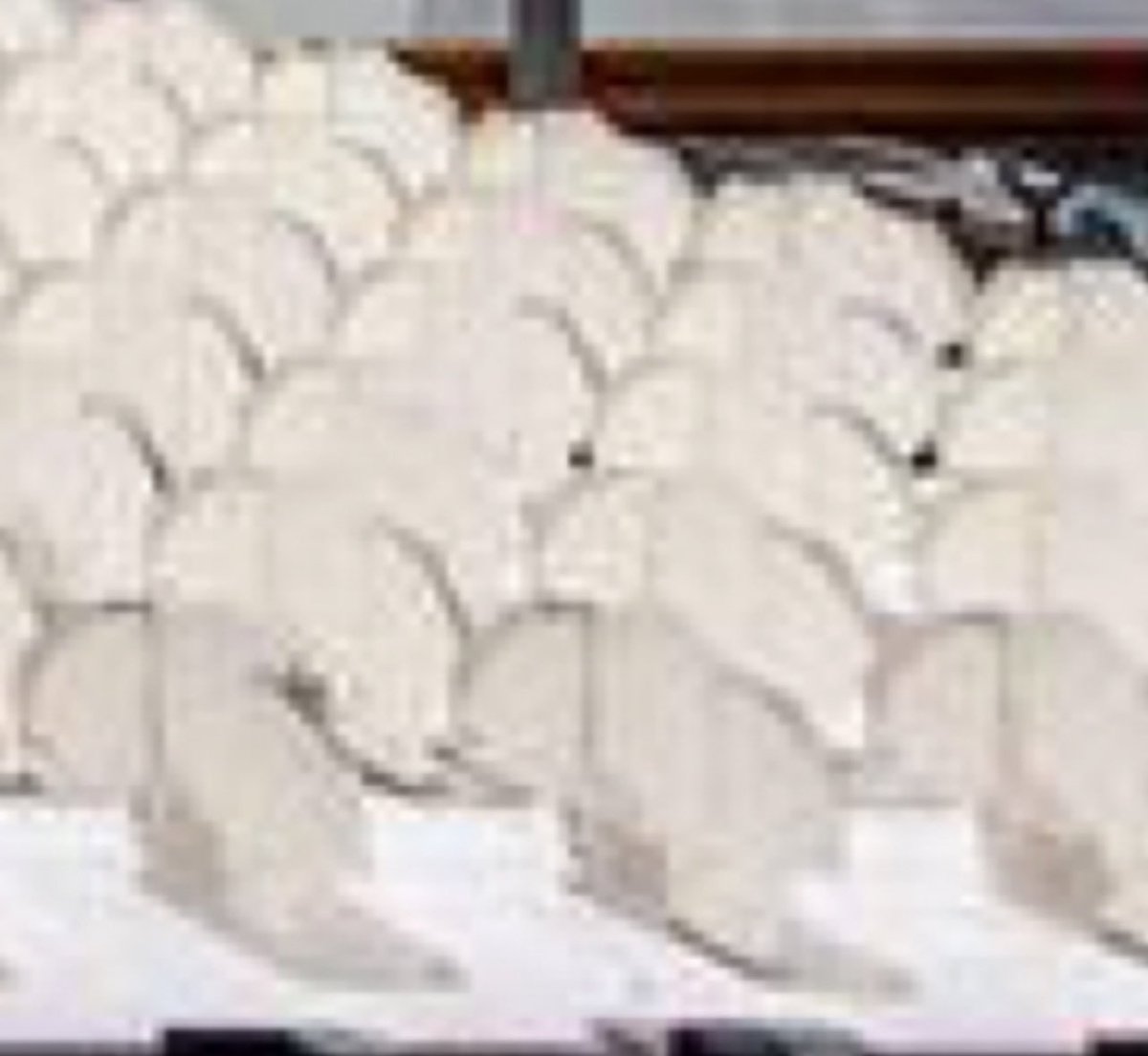
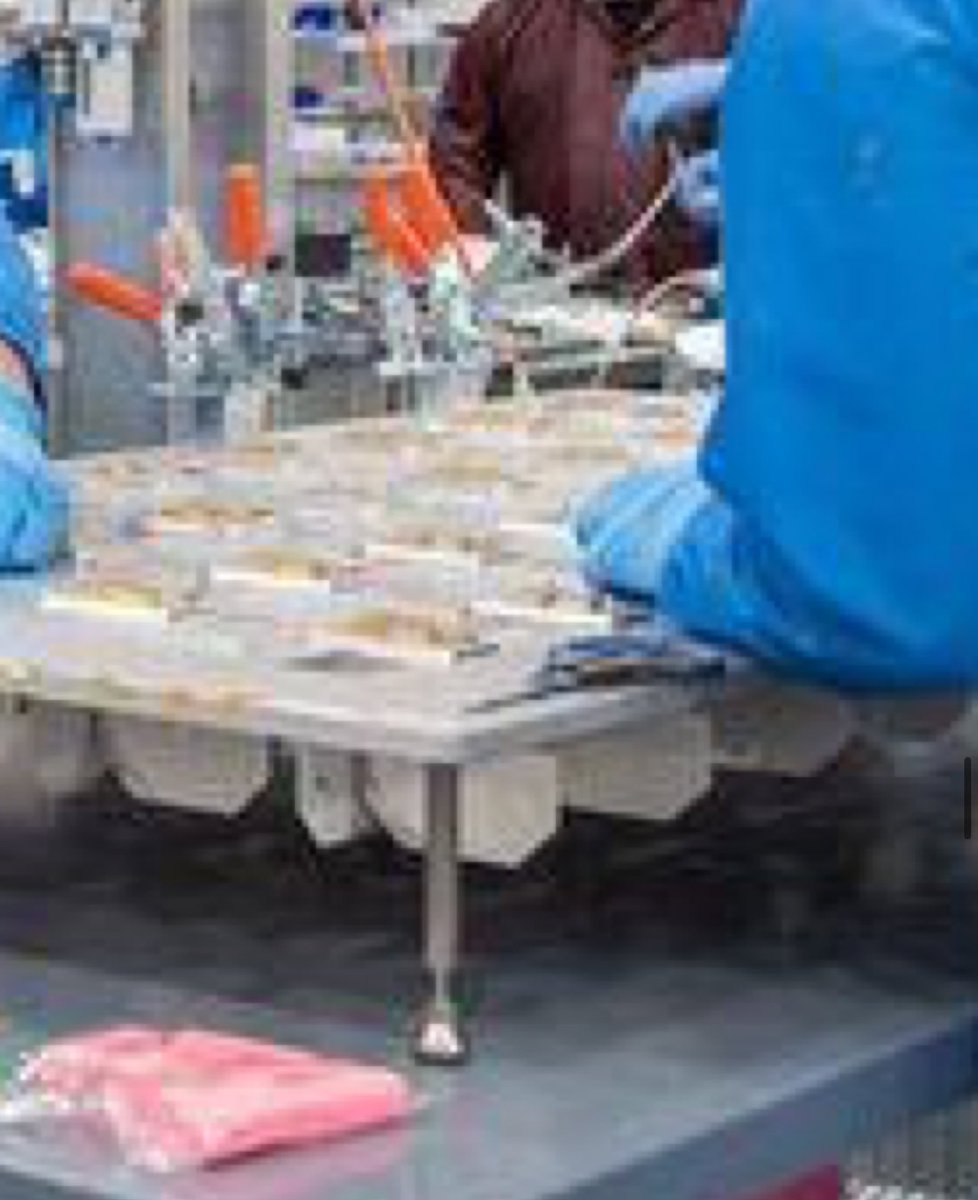
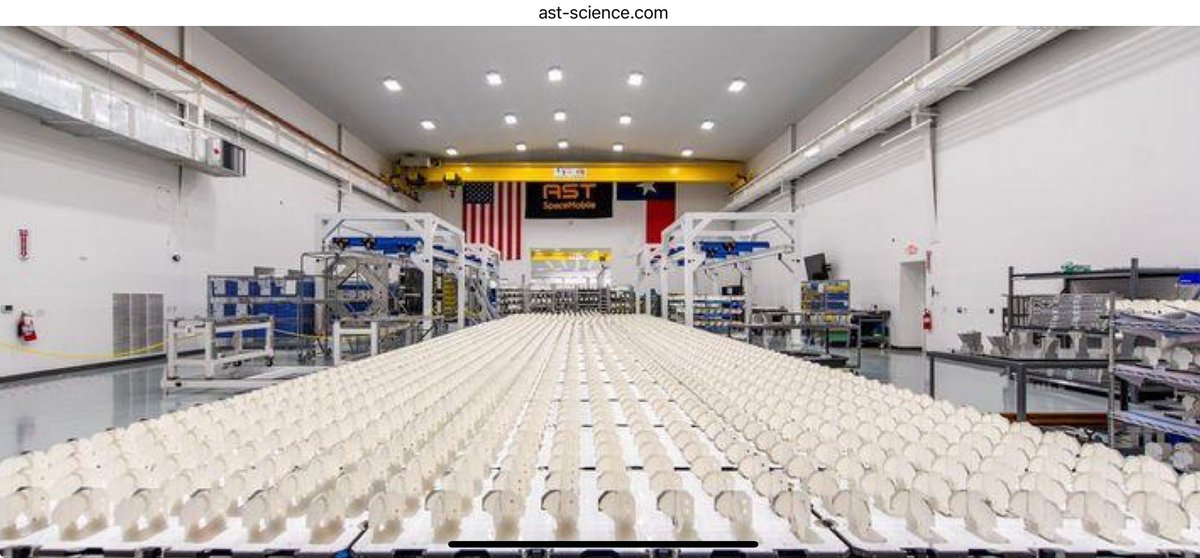
A disclaimer is in place in that no official coms from company exists about other use cases than communications.🤫
So my post is speculative ofcourse.
And if this dual use is why they prioritized the FPGA line remains to be seen.
But to me it shows the opportunity of dual use.
So my post is speculative ofcourse.
And if this dual use is why they prioritized the FPGA line remains to be seen.
But to me it shows the opportunity of dual use.
Antenna elements comparison.
Which is what lead me down this rabbit hole along with the ground network frequency used and a few other things.
If I happend to be right:
All my sources are open, none are MNPI, one company rep knows my identity and I truly am just a 🇸🇪 farmer👩🏼🌾




Which is what lead me down this rabbit hole along with the ground network frequency used and a few other things.
If I happend to be right:
All my sources are open, none are MNPI, one company rep knows my identity and I truly am just a 🇸🇪 farmer👩🏼🌾
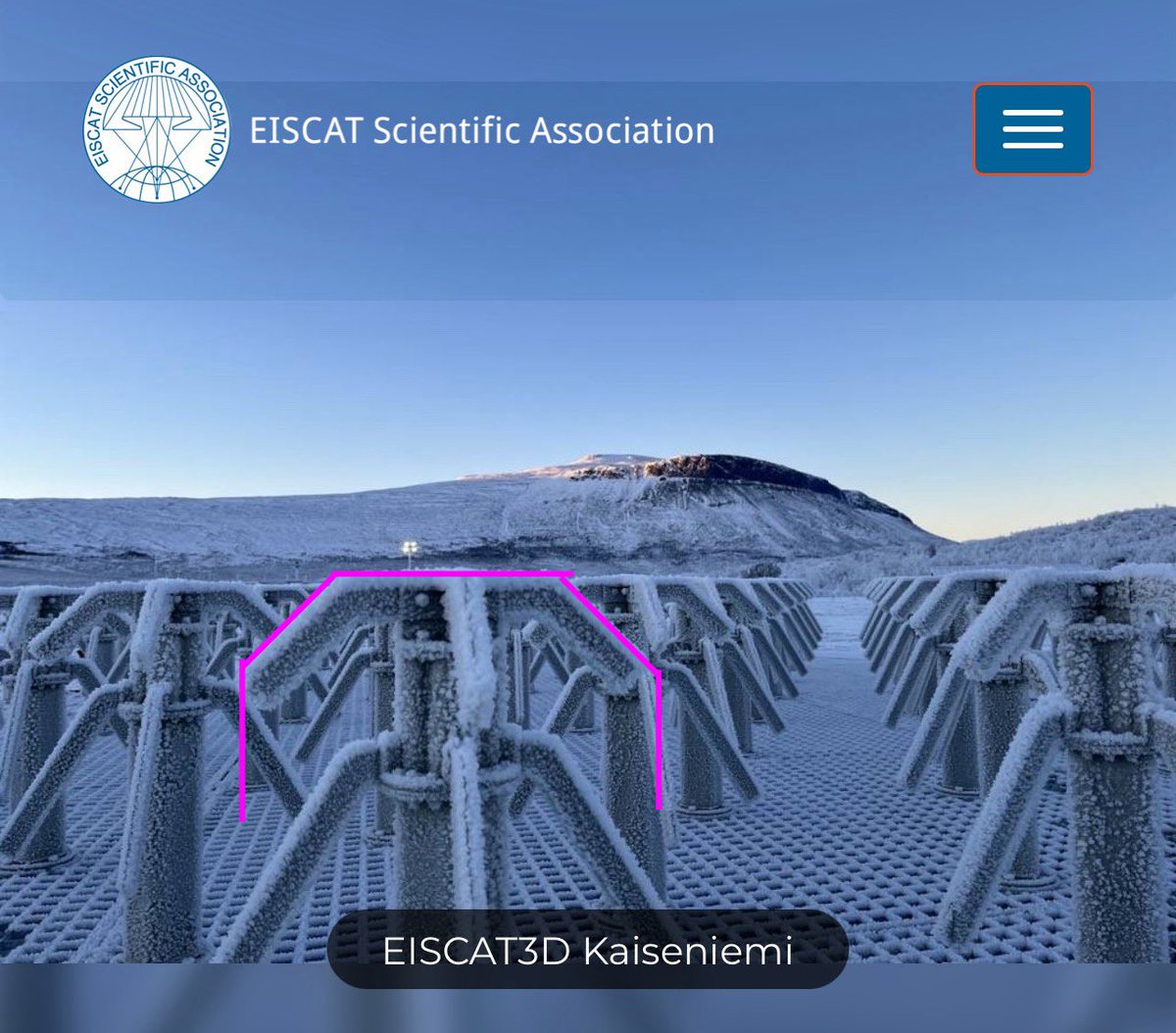
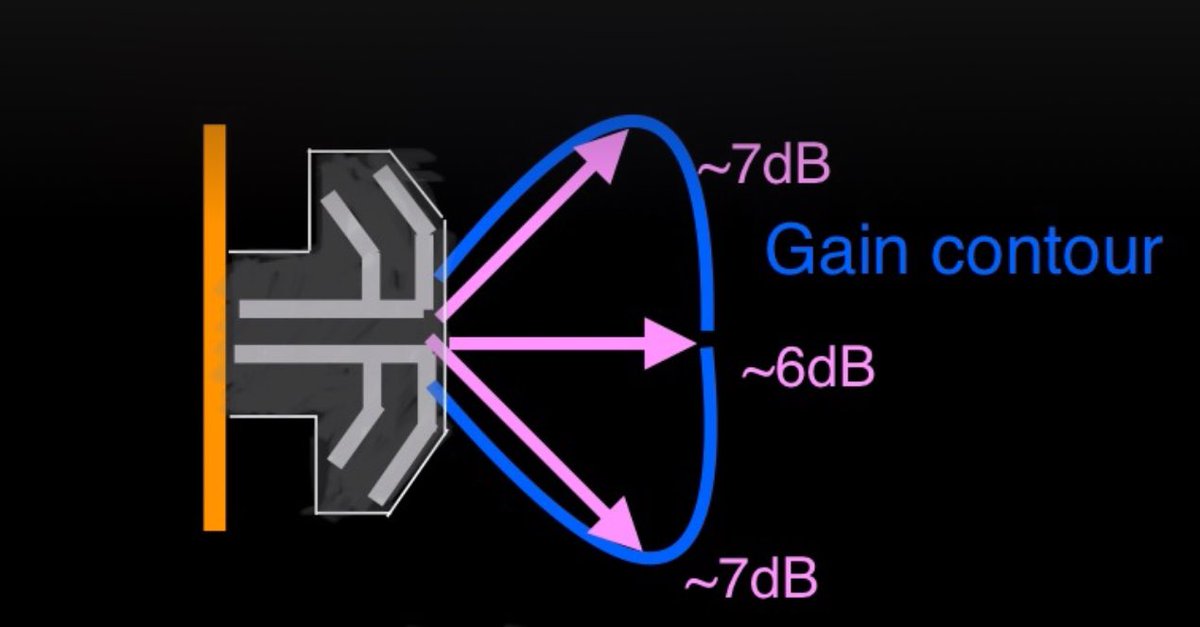
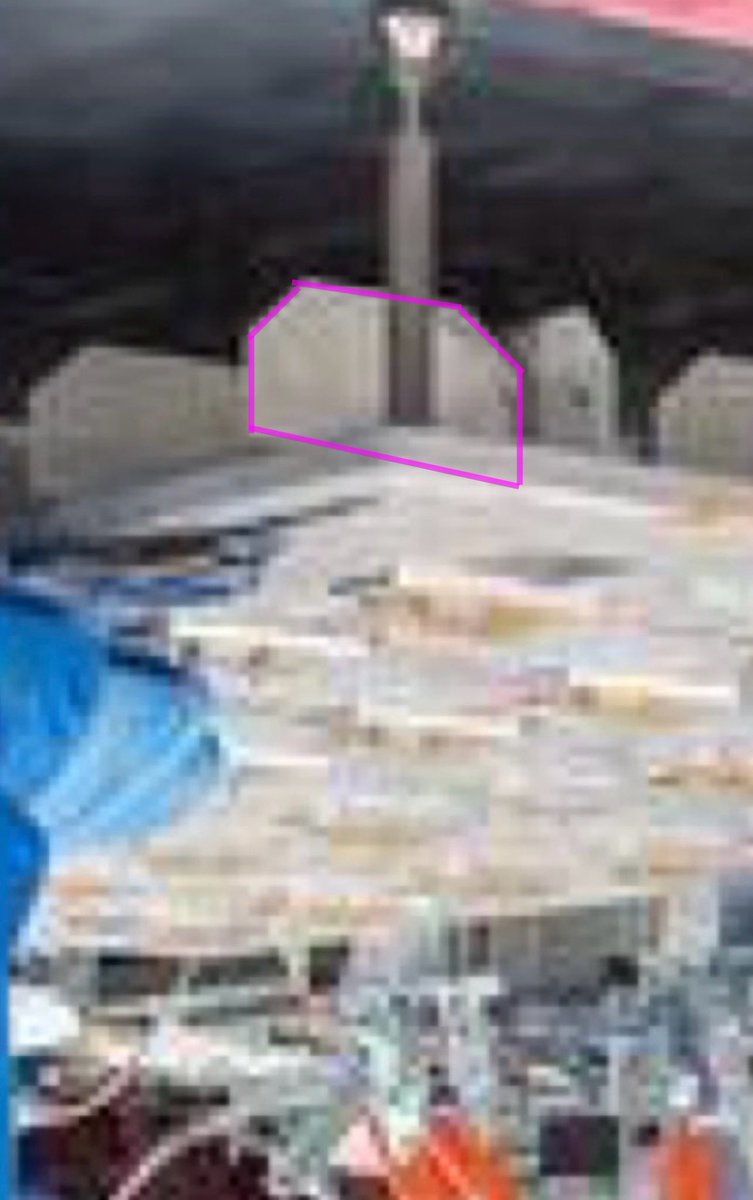
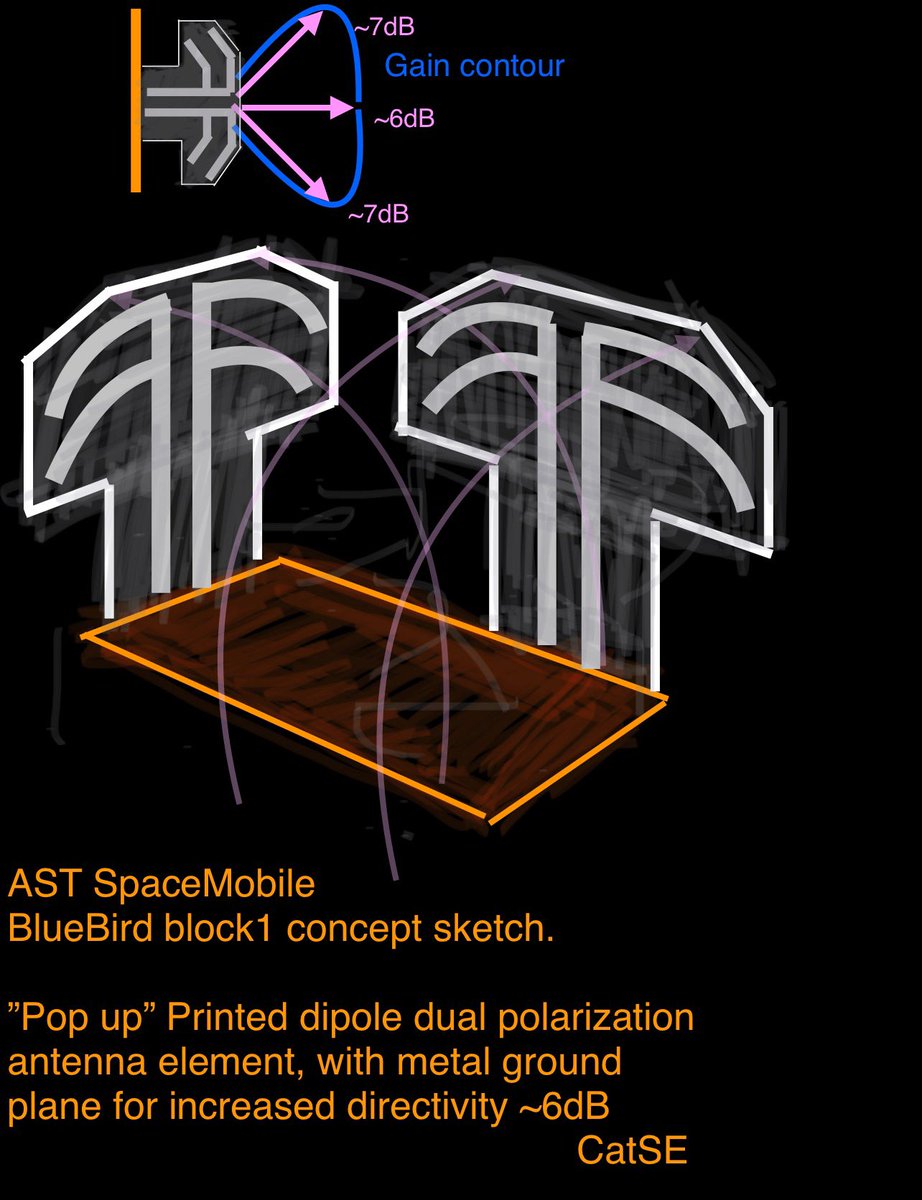
The DMSP thread for reference
https://twitter.com/CatSE___ApeX___/status/1803772729968955515
A third type of printed dipole
MPAR (Multi purpose Phased Array Radar) antenna that can be considered intermediate type of the two shown above. This one is for much higher frequencies and thus smaller. But has the printed dipole flange concept, just crossed.




MPAR (Multi purpose Phased Array Radar) antenna that can be considered intermediate type of the two shown above. This one is for much higher frequencies and thus smaller. But has the printed dipole flange concept, just crossed.
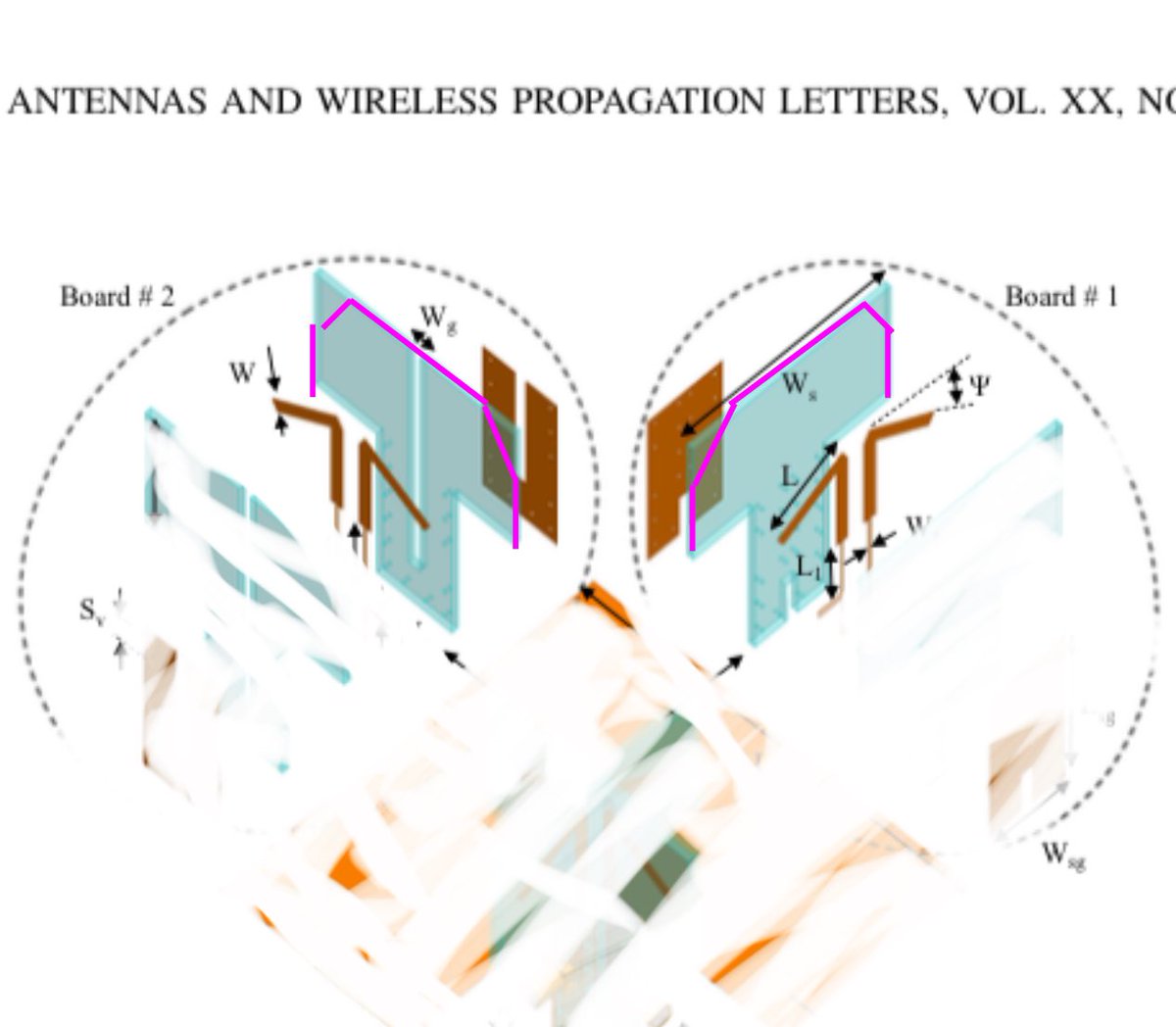
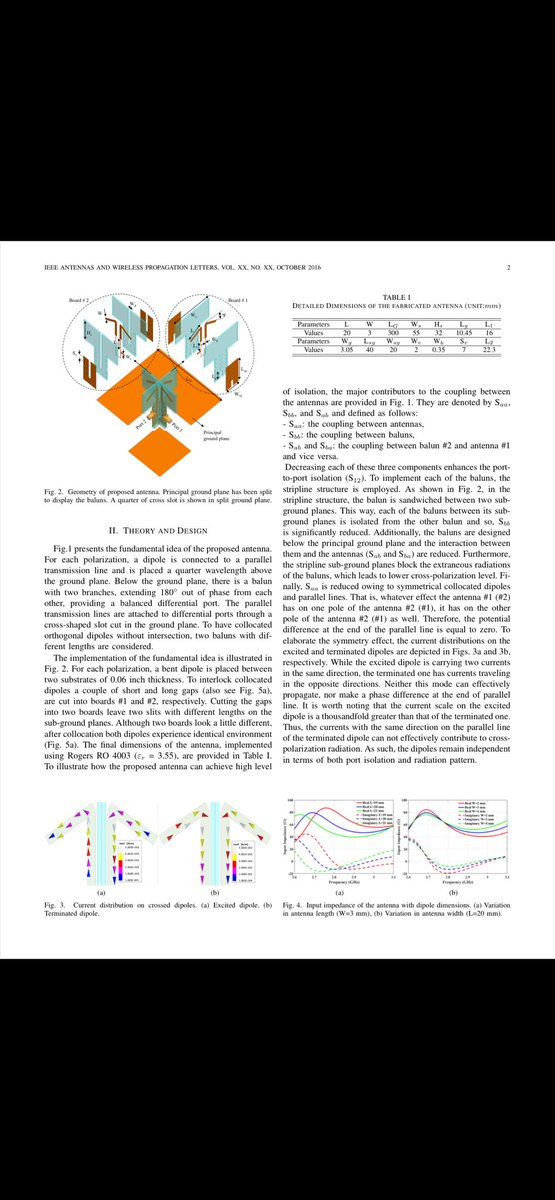
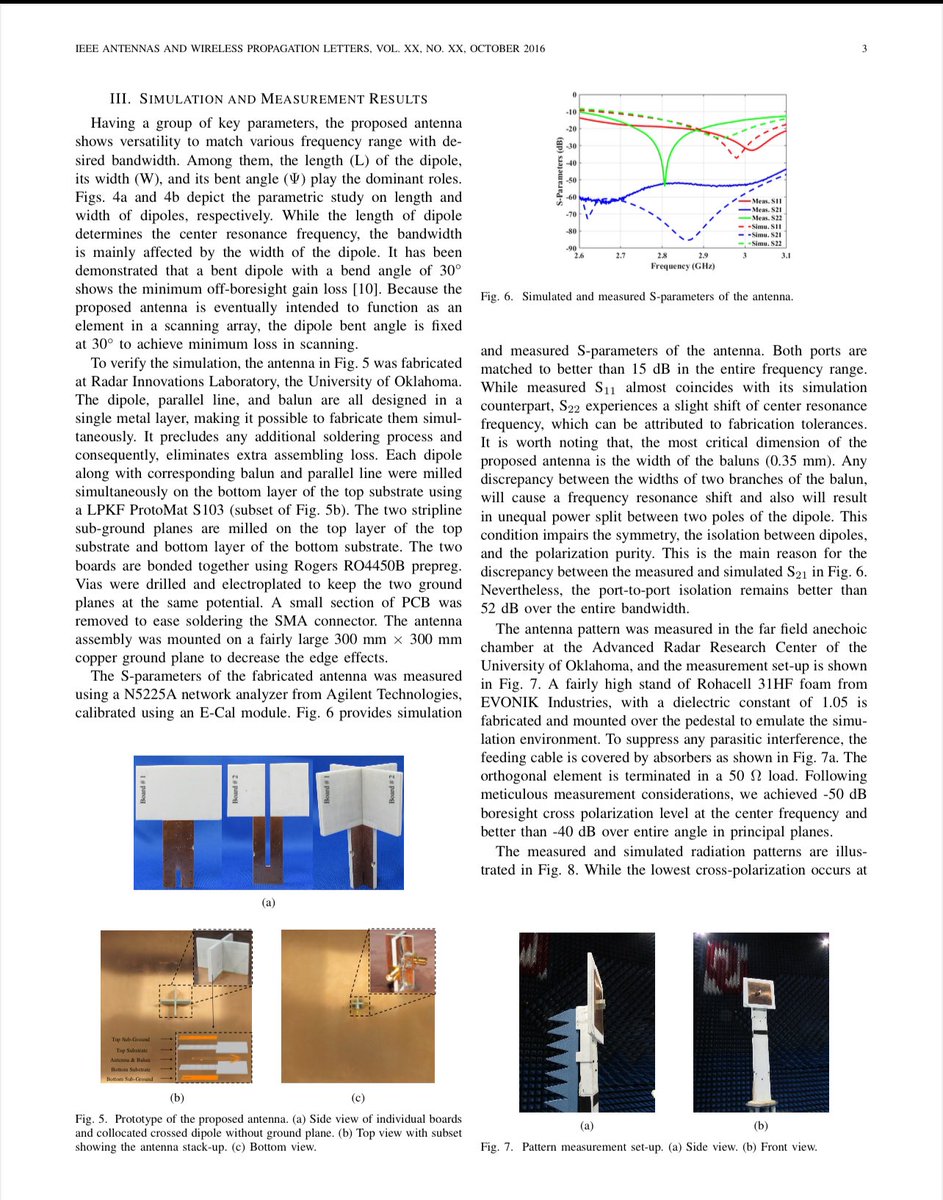
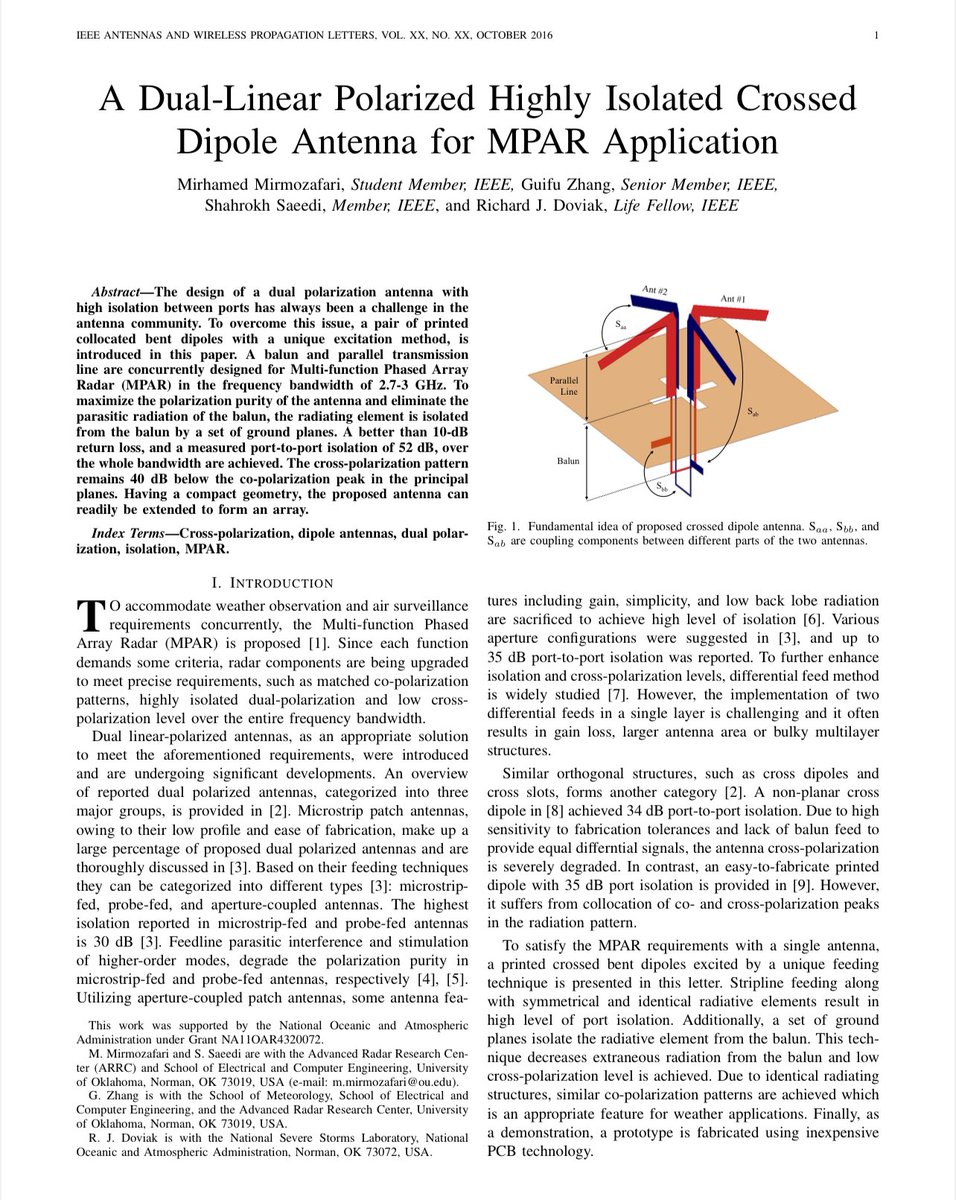
• • •
Missing some Tweet in this thread? You can try to
force a refresh














